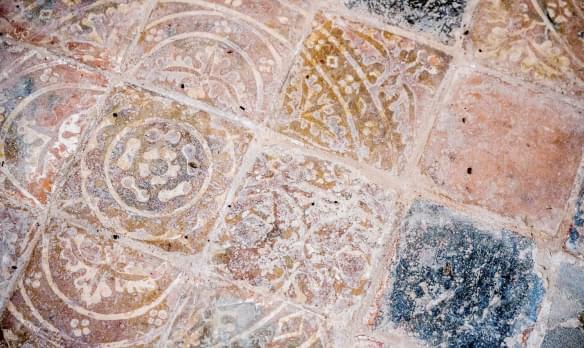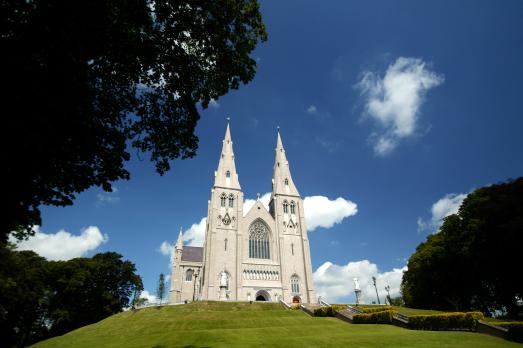
St Mary the Virgin
Sutton Valence, Kent | ME17 3AW
There has been a settlement in Sutton Valence since at least Roman times, and a church is recorded in the Domesday Book.
We have supported this church
Search for a fascinating place to visit, or see the variety of churches, chapels and meeting houses we have supported.

Sutton Valence, Kent | ME17 3AW
There has been a settlement in Sutton Valence since at least Roman times, and a church is recorded in the Domesday Book.
We have supported this church

Steyning, Sussex | BN44 3YQ
Steyning is now some five miles inland, but it was once busy with seagoing vessels, which moored in an inlet known as St Cuthman's Port.

Sandford, Devon | EX17 4ND
St Swithun is 500 years old in 2023 and sits in the centre of an ancient Saxon hill top village with some intriguing and beautiful ancient bench ends carved at the end of the 16th century.

Lyminster, Sussex | BN17 7QJ
King Alfred is recorded as having bequeathed Lyminster to his nephew in 901, it was the site of a Benedictine nunnery, and the flint church we see today has Saxon origins as the present walls go back to about 1040.

Armagh, County Armagh | BT61 7DY
The seat of the Catholic Archbishop of Armagh, Primate of All Ireland.
We have supported this church

Shobrooke, Devon | EX17 1AP
A medieval church with lovely stained glass windows, the churchyard has lovely views over the rolling mid Devon countryside.

Buckland Brewer, Devon | EX39 5LW
William Reed Memorial Methodist Chapel formerly a Bible Christian Chapel in the heart of northwest Devon.

Fletching, Sussex | TN22 3SR
We have supported this church

Newport, Isle of Wight | PO30 1SS
All faiths and spiritual paths welcomed.

Newport, Isle of Wight | PO30 1SL
One of the Isle of Wight's major churches, it is a Geometric Decorated style with liberal use of cusped tracery showing inspiration of A W N Pugin Gothic Architecture.
We have supported this church

East Sutton, Kent | ME17 3DF
We have supported this church

Bramber, Sussex | BN44 3WE
St Nicholas shares a chalk hilltop with the ruins of the castle; both were built soon after the Norman Conquest by William de Braose, a close associate of William the Conqueror.